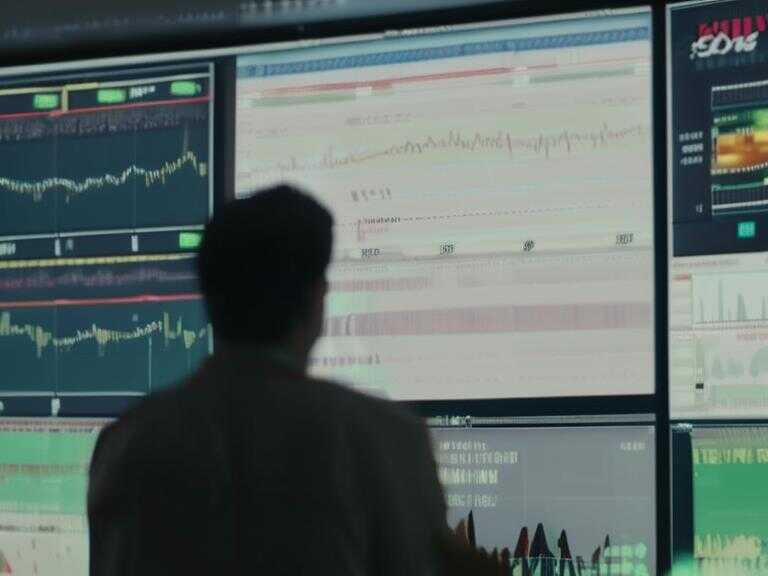
December Inflation Rates Rise: Energy Prices Drive Increase, Fed Faces Dilemma
In December, consumer prices rose 0.4%, totaling 2.9% inflation, with energy prices driving the increase. Core CPI fell slightly to 3.2%.

In December 2024, consumer prices for goods and services witnessed a rise, yet there was a slight glimmer of hope regarding inflation, particularly in the housing sector. The Consumer Price Index (CPI) showed a seasonally adjusted monthly increase of 0.4%, leading to an annual inflation rate of 2.9%, as reported by the Bureau of Labor Statistics (BLS) on Wednesday. Economists had anticipated readings of 0.3% for the month and 2.9% for the annual rate. Notably, the core CPI annual rate, excluding food and energy, was 3.2%, slightly lower than the previous month and better than the expected 3.3%. The core measure also rose by 0.2% on a monthly basis, coming in 0.1 percentage point lower than expected.
Key Factors Influencing the CPI
A significant driver of the CPI increase was the 2.6% surge in energy prices for the month, with gasoline prices leading the pack with a 4.4% rise. This surge accounted for approximately 40% of the index's gain, according to the BLS. Additionally, food prices saw an uptick of 0.3% for the month. On an annual basis, food prices rose by 2.5% in 2024, while energy prices experienced a slight decrease of 0.5%. Shelter prices, which comprise about one-third of the CPI weighting, rose by 0.3% but witnessed a 4.6% increase compared to the previous year, marking the smallest one-year gain since January 2022.
Market Reactions and Federal Reserve Outlook
Following the CPI release, stock market futures showed a positive response, and Treasury yields experienced a decline. While the numbers exceeded forecasts, indicating some improved conditions, they underscored the ongoing challenge for the Federal Reserve to achieve its 2% inflation target. Headline inflation decreased from 3.3%% in 2023, while core inflation stood at 3.9% a year ago. The CPI figures have the potential to influence the Federal Reserve's stance, with analysts speculating on a more dovish approach.
Impact on Workers and Mixed Report Details
Despite the positive market reaction, the inflation-adjusted earnings for the month declined by 0.1%, resulting in a year-over-year gain of only 1%, as reported by the BLS in a separate release. The inflation report exhibited a mix of trends, with used car and truck prices surging by 1.2%, and new vehicle prices rising by 0.5%. Transportation services experienced a significant uptick of 0.5%, with an annual increase of 7.3%, while egg prices surged by 3.2%, contributing to an annual gain of 36.8%. Auto insurance saw an increase of 0.4%, reflecting an annual rise of 11.3%.
Challenges and Signs of Easing
Sung Won Sohn, a professor at Loyola Marymount University and chief economist at SS Economics, acknowledged the ongoing challenges of inflation, particularly in key areas such as gas, food, vehicles, and shelter. However, he emphasized the potential for long-term easing of inflationary pressures, supported by moderating trends in critical sectors like shelter and labor costs. The inflation landscape remains intricate, necessitating careful monitoring and strategic responses from policymakers.
Deciphering the Broader Economic Landscape
The December job growth surpassed economists' expectations, with a notable gain of 256,000 jobs. While this strength raises concerns about the Federal Reserve's potential reaction, the combined CPI report and the relatively soft reading on wholesale prices indicate a nuanced trajectory for inflation. While inflation isn't cooling dramatically, it also shows no signs of reaccelerating, suggesting a complex interplay between various economic factors.
Anticipating Fed Actions
The Federal Reserve's primary measure for forecasting inflation is the Commerce Department's personal consumption expenditures price index. However, the CPI and PPI measures also contribute to its assessment. The prevailing readings are expected to keep the Fed on hold during its upcoming policy meeting. The futures market displays a near-certainty that the Fed will maintain its current position, with a shifting inclination towards potential rate cuts later in the year.
Share news















